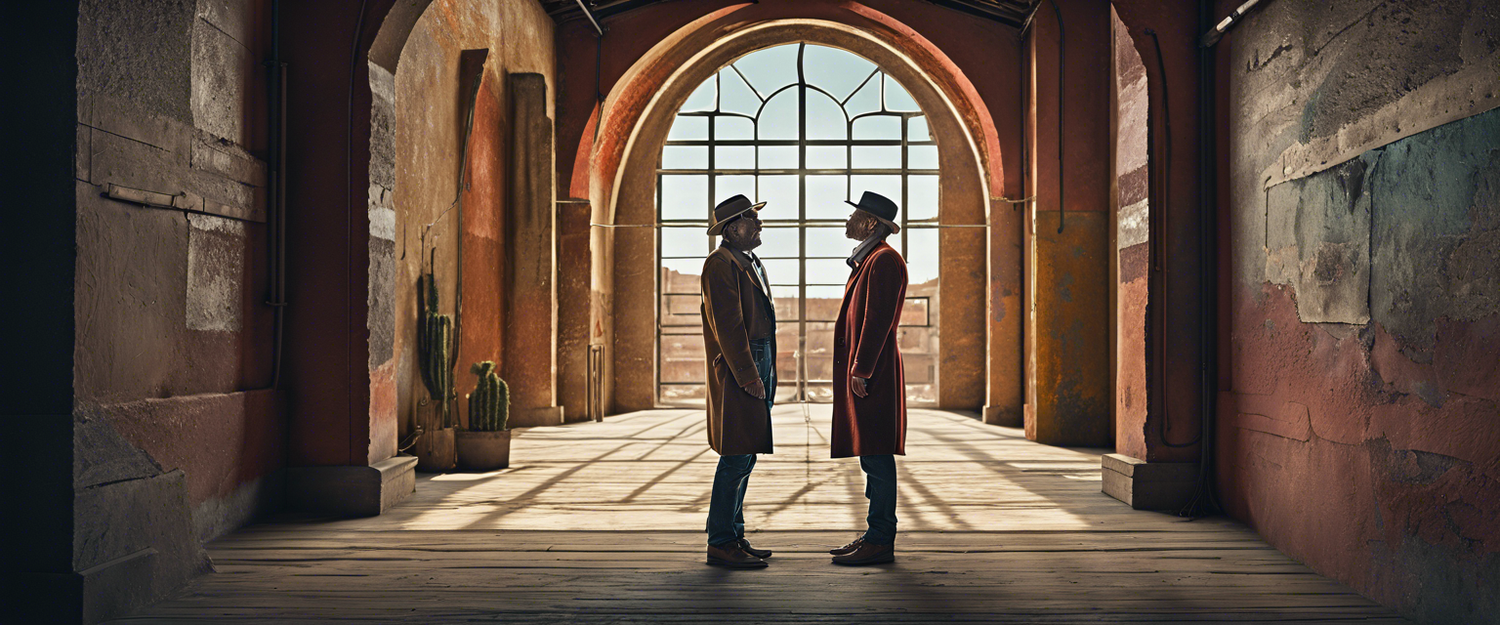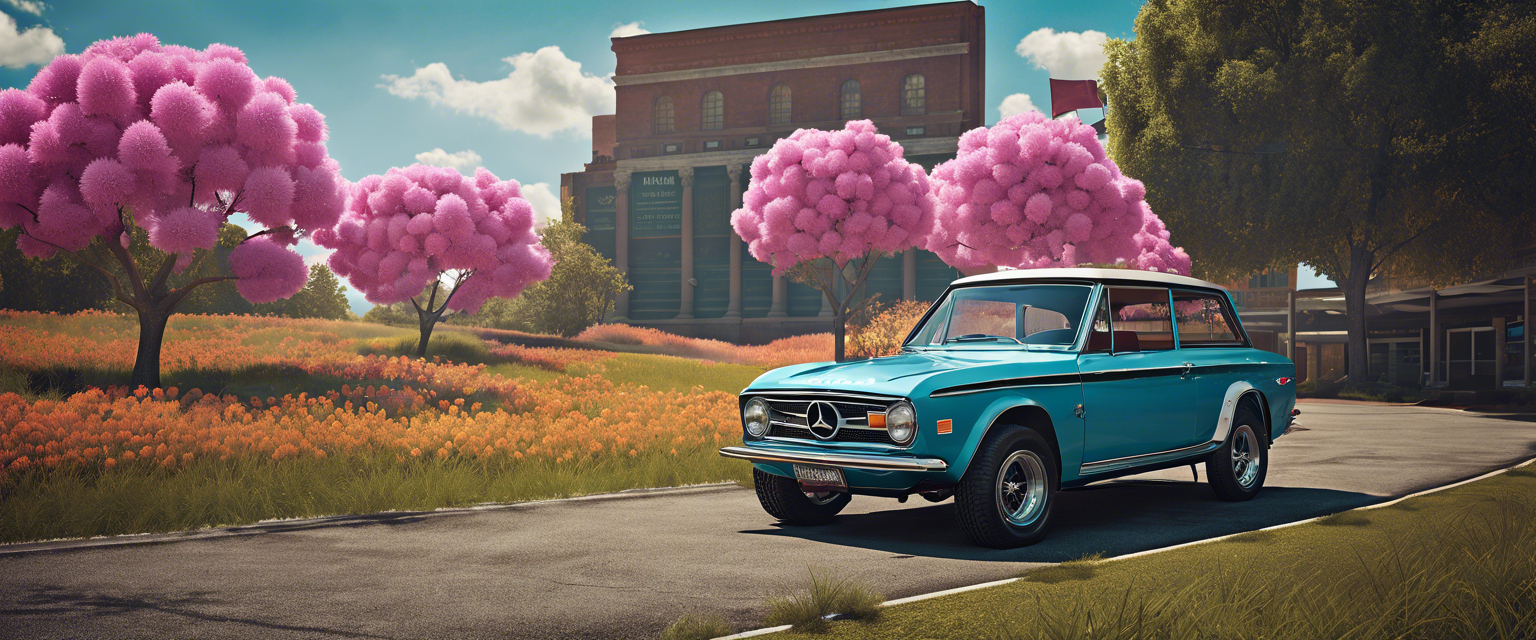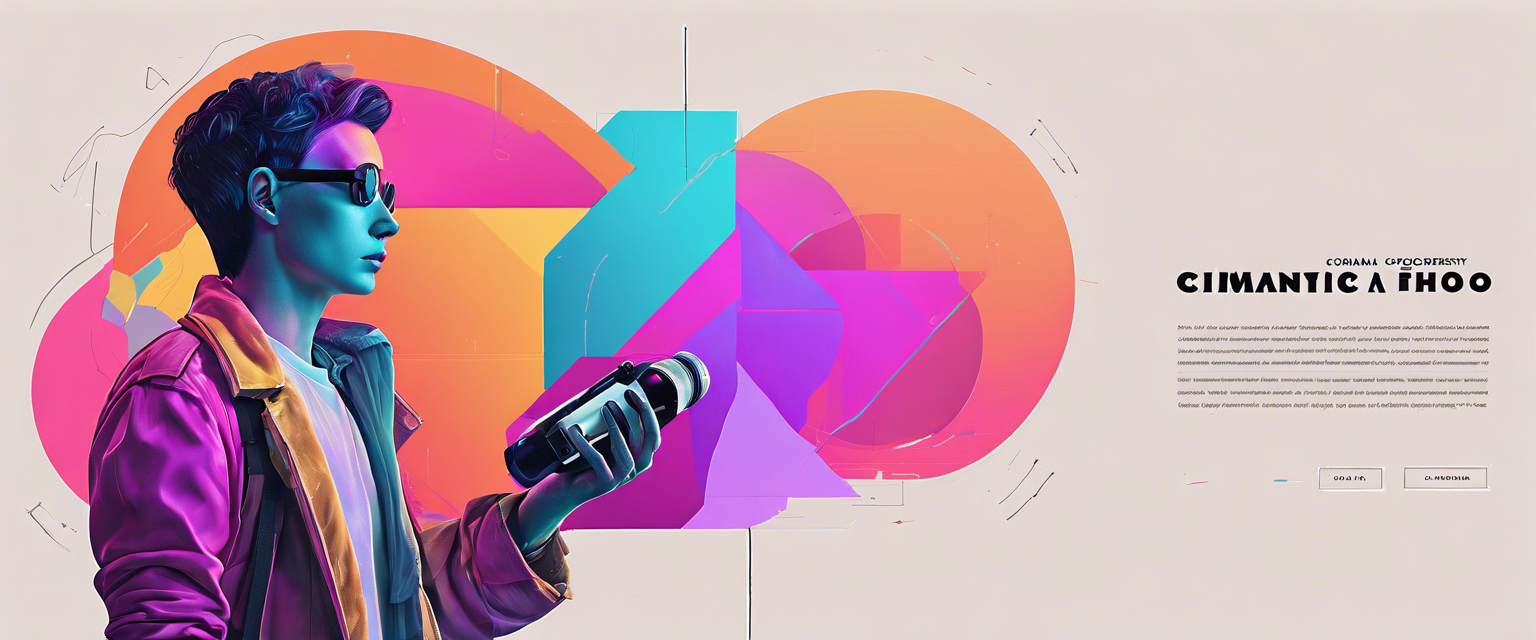Building a ChatGPT Plugin for Image Generation using Stable Diffusion
Welcome to the ultimate guide in enhancing the capabilities of ChatGPT through plugins! Today, we will embark on a journey to build a customized ChatGPT Plugin that taps into the power of Stable Diffusion, a revolutionary generative model that produces high-resolution images.
Introduction to ChatGPT Plugins
ChatGPT Plugins are powerful tools that connect OpenAI's ChatGPT with external applications via APIs. They allow users to access up-to-date information, automate tasks, or create unique functionalities. With the advent of Stable Diffusion, we have a unique opportunity to harness AI for high-quality image generation.
Why Build a ChatGPT Plugin?
- Expand ChatGPT’s Capabilities: By integrating plugins, ChatGPT can perform more complex tasks, enhancing user interactions.
- Real-Time Data: Fetch current data, such as sports scores or news articles, to provide users with the most relevant information.
- Improper applications: Perform tasks like booking flights or ordering food through conversational interfaces.
Prerequisites
Before we dive into the technical aspects, make sure you have the following:
- Visual Studio Code (or any other preferred code editor)
- Access to the ChatGPT Plugins API (join the plugins waitlist)
- An API Key from Dream Studio for Stable Diffusion
Step 1: Create a New Project
Start by creating a new folder in Visual Studio Code. Run the following command in the terminal:
mkdir chatgpt-plugin-stable-diffusion
Quick Note: For the plugin to function efficiently, follow the steps below:
- Build an API (using Flask, FastAPI, etc.) according to the OpenAPI specification
- Create a JSON manifest file for metadata
- Document the API in OpenAPI YAML or JSON format
Step 2: API Implementation
We will set up a simple API using Flask. First, create a file named app.py. In the terminal, run:
pip install Flask requests
Next, import the required dependencies and set up the Flask app:
from flask import Flask, jsonify, request
app = Flask(__name__)Now, define the endpoint for generating images:
@app.route('/generate', methods=['POST'])
def generate_image():
# Image generation logic will go here
return jsonify({'message': 'Image generated!'})Run the Flask app with:
python app.py
Step 3: Plugin Manifest Creation
Every plugin requires an ai-plugin.json file. Create this file and add the necessary metadata:
{
"name": "StableDiffusionImageGenerator",
"description": "Generates images based on textual prompts using Stable Diffusion.",
"api": {
"url": "",
"type": "openapi"
}
} Step 4: OpenAPI Specification Setup
Create a file named openapi.yaml to define the API structure:
openapi: "3.0.0"
info:
title: "Stable Diffusion API"
version: "1.0.0"
paths:
/generate:
post:
summary: "Generate an image"
requestBody:
required: true
content:
application/json:
schema:
type: object
properties:
prompt:
type: string
responses:
'200':
description: "Image generated successfully"Integrating with ChatGPT
Open ChatGPT, go to the plugin store, and click 'develop your own plugin.' Enter the base URL for your app, and follow the installation steps.
Conclusion
By following this tutorial, you've successfully built a ChatGPT Plugin that utilizes Stable Diffusion for image generation. This integration allows ChatGPT to provide diverse and realistic imagery based on user prompts, thus enhancing user engagement and functionality.
Thank you for participating in this journey to expand the capabilities of ChatGPT through plugins!



Laat een reactie achter
Alle reacties worden gemodereerd voordat ze worden gepubliceerd.
Deze site wordt beschermd door hCaptcha en het privacybeleid en de servicevoorwaarden van hCaptcha zijn van toepassing.